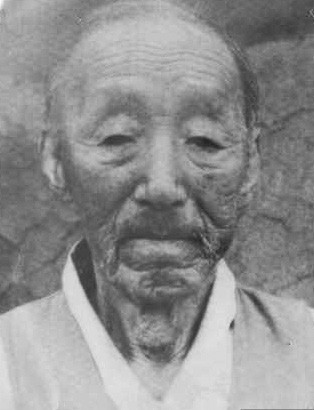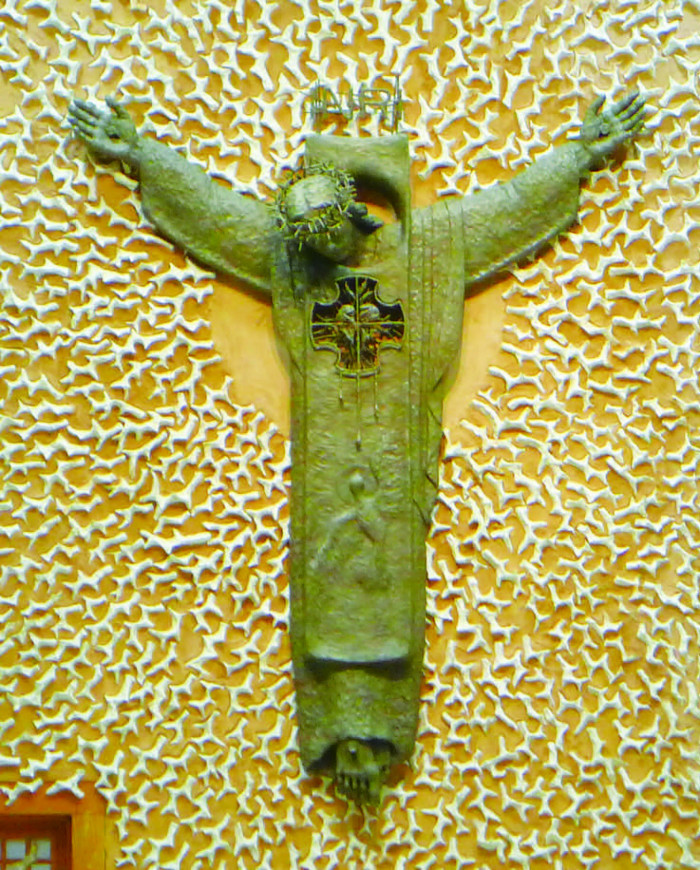GyeongGi Cultural Foundation
The volunteer armies and Catholic
Namhansanseong Fortress in History
"Stories on the Road" is a story about a UNESCO World Heritage site and a story. It will tell you the life and spirit of our ancestors in the ancient road of The old Namhansanseong path. |
Namhansanseong Fortress, the hub of the volunteer armies


(Left) General Nam Sang-mok / Source: Ministry of Patriots and Veterans Affairs,
(Right) General Yun Chi-jang / Source: Seongnam Culture Daejeon
“A mecca of volunteer army activities and the fights for independence”
The Eulmi Euibyeong (1895-1896) began because of the Eulmi Sabyeon, the murder of Empress Myeongseong, which occurred at dawn on October 8, 1895. At the time, Tokyo Joil Sinmun (Asahi Sinmun) reported that there were around 1,600 volunteer coalition troops in Namhansanseong Fortress. Threatened by this, the Japanese military sent a company of Joseon royal bodyguards to attack the fortress, but they were defeated by the “Namhansanseong coalition”. The coalition then pursued a scheme to advance to Seoul, which led to a failed operation. Jeongmi Euibyeong (1907-1910) was a period during which Captain Nam Sang-mok and Yun Chi-jang, both of whom were from Gwangju (today’s Seongnam), played an active part. As volunteer troops fought from Namhansanseong Fortress and the fortress continued to be solidified as the center of independence and anti-Japanese armed struggles even after Eulmi Euibyeong and Jeongmi Euibyeong, Japan ultimately took extreme measures; they relocated the Gwangju-gun Office of Namhansanseong to Gyeongan-dong. The fortress, which had been functioning as a military and administrative hub for 300 years as well as the sanctuary for volunteer army resistance and independence movements, began to decline as residents continued to leave the village one by one.
A crucifix that bears a sword

A crucifix that bears a sword / inside Namhansanseong Catholic Church
<Copyright(c)2002 GGC All rights reserved.>
information
Stories on the Road
Published by/ Namhansanseong World Heritage Centre, Gyeonggi-do The Center for Gyeonggi Studies, Gyeonggi Cultural Foundation
Published on/ November 24, 2017
Supervised by/ Lee Ji-hoon, Director of the Center for Gyeonggi Studies, Gyeonggi Cultural Foundation
Planned and coordinated by/ Chae Chi-yong, Senior Researcher at the Center for Gyeonggi Studies, Gyeonggi Cultural Foundation Park Da-seul, Researcher at the Center for Gyeonggi Studies, Gyeonggi Cultural Foundation
keywords
- Writer
- GyeongGi Cultural Foundation
- About
- Everything about the GyeongGi arts and culture, GGCF
- homepage
- http://www.ggcf.kr